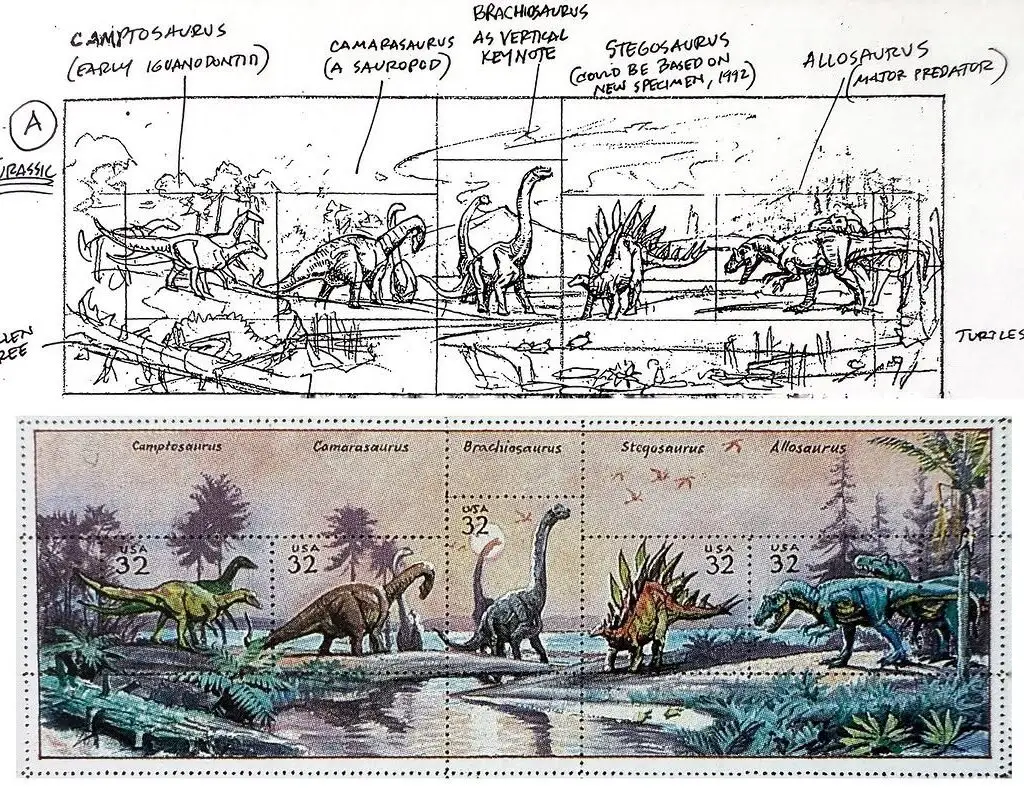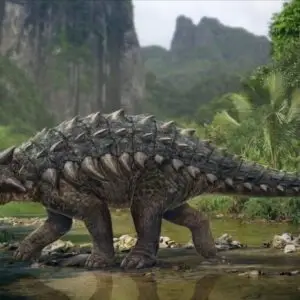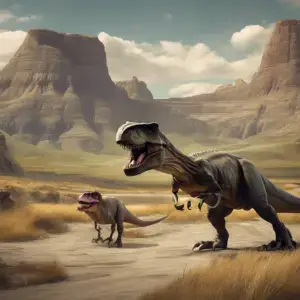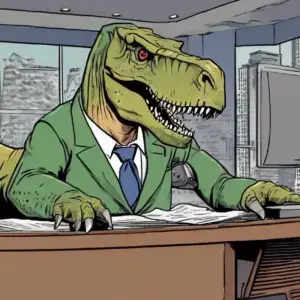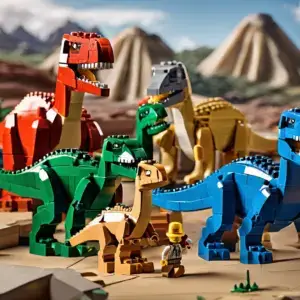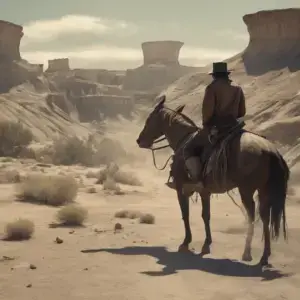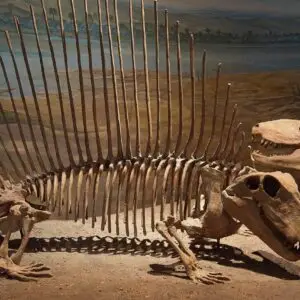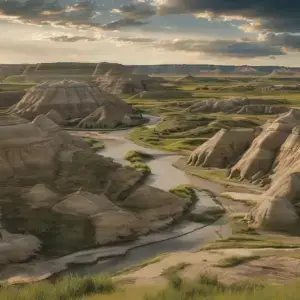Allosaurus: The Jurassic Predator Before T. Rex
AJ
Your Blog Name
Explore Allosaurus’ fierce jaws, hunting skills, and Jurassic reign in this thrilling dino story.
Before T. Rex stole the spotlight, Allosaurus ruled the Jurassic as a lean, mean predator. Stalking North America and Europe 150 million years ago, this “different lizard” was a terror with slashing teeth and a knack for taking down giants. Let’s step back to the Late Jurassic and uncover what made Allosaurus the king of its time.
A Predator’s Build
Size and Speed
Allosaurus stretched 30 to 40 feet long and weighed 2 to 4 tons—smaller than T. Rex but no slouch. Its strong legs suggest speeds of 20 miles per hour, fast enough to chase prey across Jurassic plains. Fossils from Utah’s Cleveland-Lloyd Quarry show a sleek hunter built for action.
Horns and Claws
Above its eyes, small horn-like bumps added flair—maybe for display or head-butting rivals. Its three-fingered hands bore 6-inch claws, perfect for slashing flesh, making it a multi-tool menace.
Jaws That Slashed
Bite and Bleed
Unlike T. Rex’s bone-crushing chomp, Allosaurus had a weaker bite—about 500 pounds per square inch. But its trick was slashing: serrated teeth ripped open prey, letting it bleed out. Skulls show a flexible jaw that opened wide, ideal for hacking at sauropods like Apatosaurus.
Hatchet Attack
Some paleontologists think it used its head like an axe, swinging down to gash victims. Fossil wounds on other dinosaurs match this style—a gruesome but effective Jurassic takedown.
Hunting in the Jurassic
Solo or Squad?
Did Allosaurus hunt alone or in packs? Bones piled at quarry sites hint at groups, but no solid proof exists. It likely ambushed solo, targeting young or weak sauropods, though it might’ve ganged up for bigger meals like Diplodocus.
Prey on the Menu
Stegosaurus and Apatosaurus were fair game—fossil bite marks prove it tangled with the big boys. Its agility let it dodge tail whips, striking when the moment was right.
A Life of Battle
Scars Tell the Story
Allosaurus fossils show healed breaks—ribs, legs, even skulls—proof it lived rough. One specimen had a Stegosaurus plate stuck in its jaw, a battle souvenir. It fought hard and survived, a Jurassic warrior through and through.
Growth Spurts
Hatchlings were tiny—3 feet long—but grew fast, hitting 20 feet by adolescence. Adults ruled for a decade or so, their scars mapping a life of hunting and healing.
Legacy of a Lost King
Fossil Fame
Discovered in 1877 by Othniel Marsh, Allosaurus became a Jurassic icon. Hundreds of bones from the Morrison Formation fill museums, with “Big Al” at the Museum of the Rockies showing a battered but proud predator.
Echoes in Time
As a theropod, it’s a distant cousin to birds and T. Rex. Its reign ended before the Cretaceous, but its fierce spirit lives on in every clawed hunter that followed.
Allosaurus was the Jurassic’s top dog—fast, fierce, and fearless. It didn’t need T. Rex’s bulk to rule; it slashed its way into history, a predator worth roaring about.

